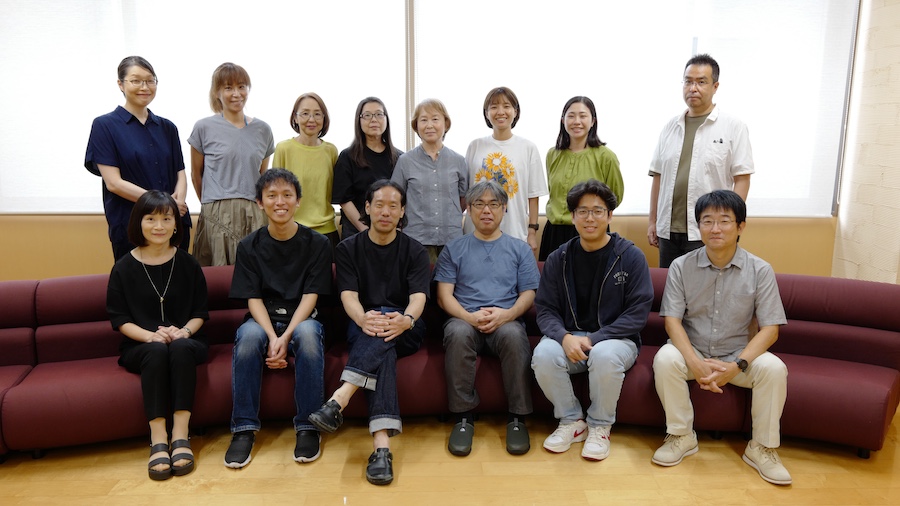Laboratory for Developmental Genome System
This time we hear from Dr. Takefumi Kondo, who started his research at RIKEN BDR in April 2023.
Before starting your own lab at RIKEN, where did you do your research, and what was your focus?
I have always been fascinated by the process of development, and since my graduate school days I have been studying Drosophila embryos from different perspectives. As a PhD student at the Nara Institute of Science and Technology, I was investigating what kind of hidden information might be encoded in the genome sequence and discovered a novel gene that directly encodes a very short micropeptide of just 11 amino acids. We showed that this micropeptide plays an important role in regulating cell differentiation.
During that time, I also came to realize that to truly understand development requires more than just studying individual genes, and I needed to train myself to really grasp the dynamics of cell and tissue movements. That brought me to Dr. Shigeo Hayashi’s lab at RIKEN CDB (at the time) as a postdoc, where I focused on live imaging with advanced microscopy.
After that, I had the opportunity to establish my own research group at Kyoto University. There, together with my lab members, I have been advancing developmental biology research by incorporating new technologies such as single-cell genomics.
What kind of research are you aiming to do at RIKEN?
If you have ever seen a time-lapse footage of embryogenesis, you will know how dynamic and beautiful it is. I have been observing this process for more than 20 years now, and it still never ceases to amaze me. But what I find most incredible is that such a seemingly complex process is carried out with such precision. Ultimately, I want to be able to express in a single phrase the core principle that makes development so accurate.
During development, two processes take place simultaneously: cells acquire different fates and differentiate into diverse cell types, and at the same time, cell movements build tissues, organs, and ultimately the whole body. The differentiation process can be seen as changes in gene expression—that is, as information dynamics—while morphogenesis is essentially a physical process, involving actual shape changes. Right now, my team is trying to understand how these two dynamics—the informational and the physical—interact and proceed together during development. By doing so, we hope to uncover at least part of the reason why development is so robust and precise.
What do you see as the strengths of your team?
Although my own work has consistently focused on Drosophila embryos, I have studied them through many different approaches. Over the years I have gained experience in genome science, molecular biology, live imaging, and large-scale sequencing (omics). I think this diverse background forms a strong foundation for my current goal to understand the entire process of embryogenesis from a bird’s-eye perspective, not as isolated events but as a continuous whole.
In addition, our current team members bring a wide range of expertise—from molecular biology to imaging and image analysis, computer simulations, large-scale data analysis, and even building computational infrastructure. Having this mix of skills in the lab is definitely one of our greatest strengths. Of course, there are still many techniques and areas where we lack experience, but in those cases, we collaborate and seek advice from specialists. I believe this balance of in-house expertise and external collaboration is key to moving our research forward.
